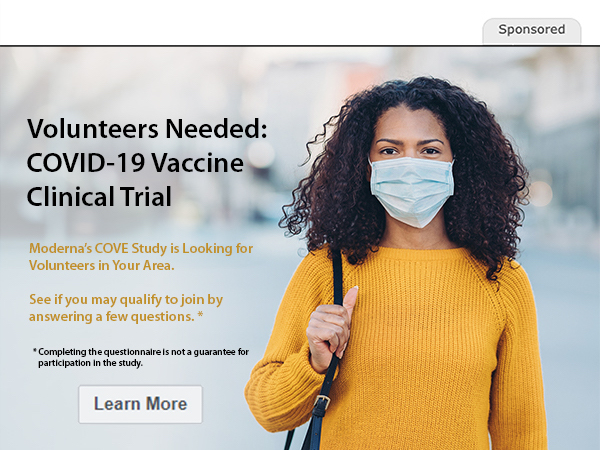Note: Information in this post reflects the information known at the time of writing and publishing it. However, as COVID-19 research and understanding is changing rapidly, it may become out of date by the time you read it.
There has been enormous media attention on the coronavirus. Though we are not interested in being a part of the hype, we are concerned for the people we serve. With this in mind, we would like to give you some up-to-date information and to let you know that we are here for you to share your stories and ask questions.
Symptoms
First, we want to share the list of symptoms that WHO has provided at this point and the percentage of people who contracted the disease and experienced these symptoms.
88 percent had a fever
68 percent had a dry cough
38 percent had fatigue
33 percent coughed up phlegm
19 percent had shortness of breath
15 percent had joint or muscle pain
14 percent had a sore throat
14 percent headache
11 percent had chills
5 percent had nausea or vomiting
5 percent had nasal congestion
4 percent had diarrhea
Less than one percent coughed up blood or blood-stained mucus
Less than one percent had watery eyes 1
Two new symptoms have been identified.
Loss of taste
Loss of smell
Eighty-one percent of cases are mild
The virus is named SARS COV-2 and the disease is named COVID-19. Most people (81 percent) will get a mild case of COVID-19. To health officials “mild” range from slight symptoms to mild pneumonia and recover in two weeks. The more severe cases can take three to six weeks.
People with underlying conditions, cardiovascular disease, diabetes, chronic respiratory disease, high blood pressure and cancer had increased risk of worse outcomes. Those who are immunosuppressed are also at higher risk of getting the disease and having worse outcomes.
What is most important is not to panic. The word “pandemic” can increase fear. However, there are several reasons why we should not let fear lead. Here are some reasons why we shouldn’t be panicking. First, we know what is causing the disease and we can use ethanol (62-71% alcohol), hydrogen peroxide (0.5% hydrogen peroxide) or sodium hypochlorite (0.1% bleach) and kill the virus effectively. Second, hand washing kills the virus. Third, both vaccines and antivirals are being developed.
Social Distancing
Social distancing, which is being implemented in many countries, is also an important tool. A long but very complete description of how social distancing works called Coronavirus: Why You Must Act Now explains how important social distancing is. This gif, from the above article, shows how social distancing helps reduce the numbers of cases.

Share your experiences
Have you had COVID-19? Are you experiencing fear over the SARS COV-2 or coronavirus? What are you doing to stay healthy?
Please share your experiences, ideas, and tips with others in our comments section.
References
1Report of the WHO-China Joint Mission
on Coronavirus Disease 2019 (COVID-19) https://www.who.int/docs/default-source/coronaviruse/who-china-joint-mission-on-covid-19-final-report.pdf
Feature image:Image by Martin Slavoljubovski from Pixabay






